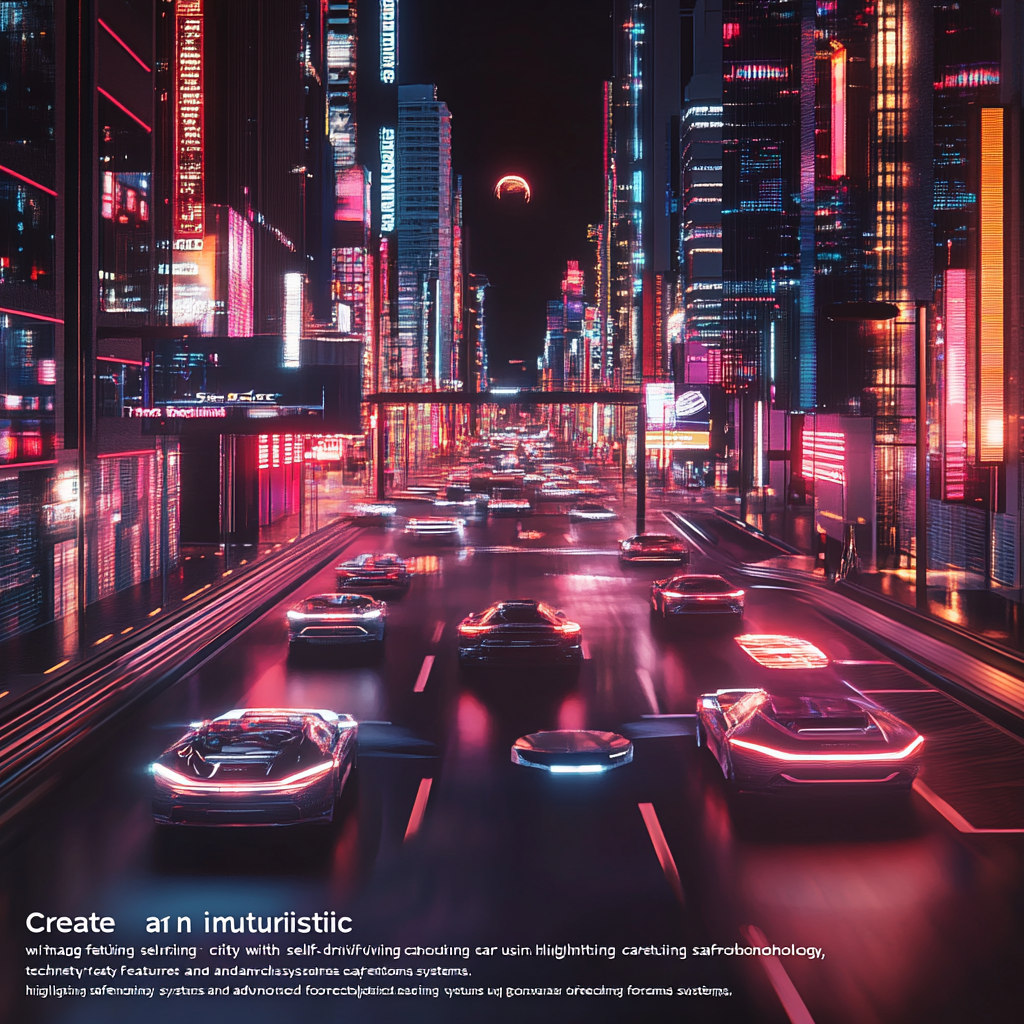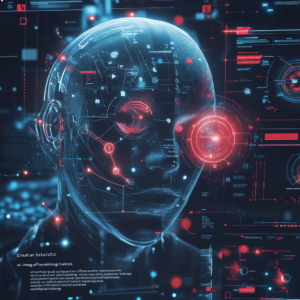
Revolutionizing Safety and Intelligence in Autonomous Vehicles Through New Motion Prediction System
Picture this: The roads are bustling, but instead of the honking mayhem we see today, a serene ballet of vehicles is gliding effortlessly under the gentle caress of the sun. Self-driving cars, those metallic marvels with minds of their own, are not just around the corner; they’re inching their way into mainstream life with a promise of not just convenience, but safety and smart navigation. As Britain eyes 2026 for the roll-out of these automated wonders, one groundbreaking framework is striking a serious chord in the world of autonomous vehicles: RealMotion.
Now, you might ask, "What on earth is RealMotion?" Well, let’s dive in, my curious friend! This innovative motion forecasting framework is like giving self-driving vehicles a crystal ball – one that lets them predict not just where they are going, but what may happen around them in real-time. Developed by bright minds at the University of Surrey and Fudan University in China, RealMotion rethinks how these cars perceive their environment. Gone are the days of treating each driving situation as a separate entity. (I mean, can you imagine trying to chat with your friend while completely ignoring their previous stories? That would be weird!)
What makes RealMotion tick? Here’s the scoop. It operates through a dynamic duo of streams. First, there’s the Scene Context Stream—that’s humanity’s historical GPS, if you will—gathering data from past driving experiences and weaving them into the present moment. It’s like having a wise old sage advising you as you weave through bustling traffic. The second stream is the Agent Trajectory Stream that keeps the focus on the current moment, relaying past predictions to enhance future ones. Basically, it’s akin to having a buddy constantly giving you real-time updates while playing an intense video game. Together, these streams create a symphony of data, making predictions more accurate, thus allowing vehicles to make safer decisions amidst all the chaos.
Now, let's talk numbers. You know what they say – "the proof is in the pudding." In experiments using the Argoverse dataset (a powerhouse in the realm of autonomous driving research), RealMotion didn't just deliver; it outshone the competition with an impressive 8.60% improvement in final displacement error (FDE). Translated: it knows where it's going and gets there with a level of accuracy that would make GPS jealous. Plus, RealMotion managed to cut down on computing lag, making it suitable for those split-second decisions needed on the road. Talk about a speedy brain!
So how does RealMotion tie into the grander scheme of road safety? Well, strap in! According to Professor Adrian Hilton, director of the Surrey Institute for People-Centered AI, this framework represents a leap toward safer navigation. Vehicles equipped with RealMotion can not only react to immediate dangers but also understand the historical context of their environment. In a world where over 1.35 million people lose their lives on the roads each year – with human error responsible for a staggering 94% of these accidents – RealMotion is like a beacon of hope, pushing forward the EU’s ambitious plan to eliminate road fatalities by 2050. That’s some heavy-hitting motivation!
Now, we can’t overlook the marvel of technology intertwined with RealMotion. Look at Scantinel Photonics for instance, churning out advanced LiDAR sensors that are practically foresight machines. They can detect objects and predict road events a full ten seconds ahead. Yes, ten! Implementing frequency-modulated continuous wave technology (fancy, huh?), these sensors elevate object detection, even when Mother Nature decides to show her worst side. Every innovation adds another layer of safety, turning our future commutes into beautifully orchestrated journeys.
But hold your horses! While we’re making strides, there are other innovators racing alongside. Take, for example, QCNet, developed by brainiacs at City University of Hong Kong. This nifty model assesses the intentions of road users, predicting multiple possible movements of nearby vehicles more accurately than a fortune teller flipping cards. In benchmark tests like Argoverse 1 and 2, QCNet shines brightly, bringing much-needed efficiency and safety to the autonomous driving table.
Yet, despite all the technological advancements, the road to public acceptance is as bumpy as a gravel strewn path. People are cautious, and rightly so. With robots sharing the road, safety fears loom large. Thankfully, the geniuses at Michigan State University aren’t just kicking back. They’re actively curry favor with the public by enhancing computer vision and perfecting ‘superhuman’ sensing technologies. Imagine a vehicle that can not only monitor its passengers' well-being but also responsibly pull over if someone feels unwell. That’s a comforting thought!
Through all these developments—from RealMotion to cutting-edge sensors—the horizon looks bright for autonomous vehicles. Picture a world where accidents are mere ghost stories and our rides are as safe as a warm hug from a loved one. But here’s the deal: technology is only as effective as the public’s trust in it. As a society, we need to rally around these innovations, understand them, and embrace the change they bring. The future is close at hand, filled with promise and peril, but mostly promise.
So, what’s the takeaway here? RealMotion is leading the charge into a future where self-driving cars aren't just machines—they’re smarter and safer companions on our journeys. It’s an exciting time to be alive, and now is the moment to join in, stay informed, and ride the wave of this automotive revolution.
Want to stay up to date with the latest news on neural networks and automation? Subscribe to our Telegram channel: @channel_neirotoken. Trust me; you won’t want to miss what’s coming—because the future of smarter, safer roads is unfolding right here, right now!

